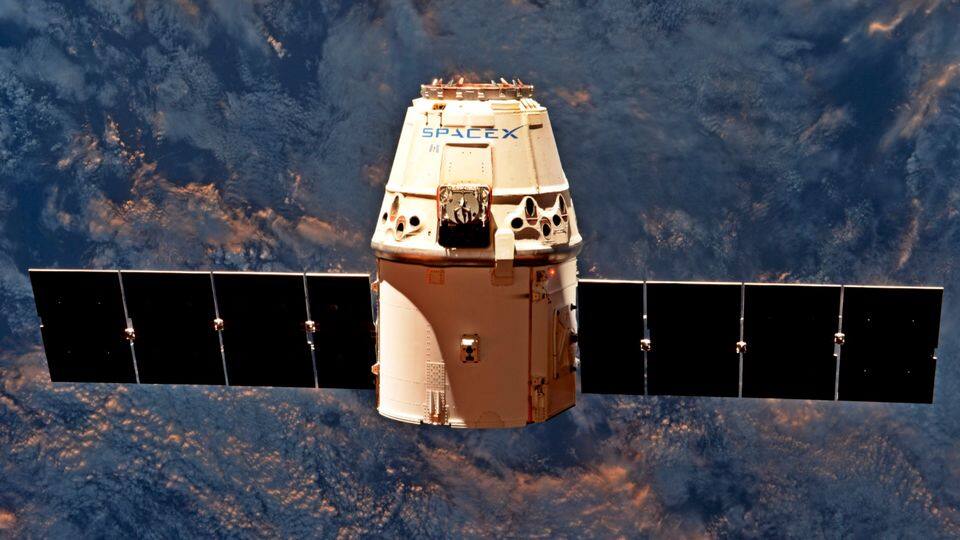
SpaceX to launch its first internet satellites this week
What's the story
Ahead of its proposed plans, SpaceX is set to launch its first internet satellites on February 17th that will put two test satellites, Microsat 2a and 2b, into the orbit.
This launch is part of SpaceX's plan to have a satellite constellation in orbit around the Earth, providing internet access to everyone across the globe.
Here's more about SpaceX's plan and the launch.
About the launch
Get Set, Go!
SpaceX, on February 17, will launch the two satellites along with PAZ- a Spanish radar observation satellite, on a Falcon 9 rocket from Vandenberg Air Force Base in California.
The satellites will be placed around 1,200 kilometres above the Earth and will test radio communications system with ground stations in Washington, Texas, California and receivers built into mobile vans.
SpaceX's 'Starlink'
Internet for everyone, everywhere!
SpaceX's ambitious plan, informally termed as 'Starlink', is to launch around 4,000 satellites into orbit to form a constellation network that can provide low-cost internet access to everyone, everywhere.
The company plans to launch some satellites by later this year and have a functional, if limited, network ready by 2020.
For an initial network, SpaceX would require about 800 satellites to cover US.
The SpaceX way
Placing of the Satellites
Currently, satellite internet does exist with satellites flying at geostationary orbits, about 32,000 km above the Earth. However, SpaceX wants to do it differently by putting these satellites much closer, at around 1,200 kilometres above the Earth.
With closer satellites, internet connection speeds will be much faster along with higher bandwidth and significantly lower latency as compared to current satellite internet or optic fibre.
Information
A costly affair
SpaceX's plan has a downside. By going lower into orbit, they will require more satellites to cover the same amount of area as against internet satellites placed higher in geostationary orbits. This exponentially increases the cost to make, maintain and launch more satellites.
Gigabit speeds
Lightning fast internet, even in rural villages
Internet in most advanced countries is lightning fast (with a heftily priced plan) but SpaceX's success can bring a paradigm shift, especially in under-developed countries.
The company says it will offer speeds of up to a gigabit per second at low-costs and this with latencies between 25ms to 30ms as against current 600ms or more, given the altitude of satellites.